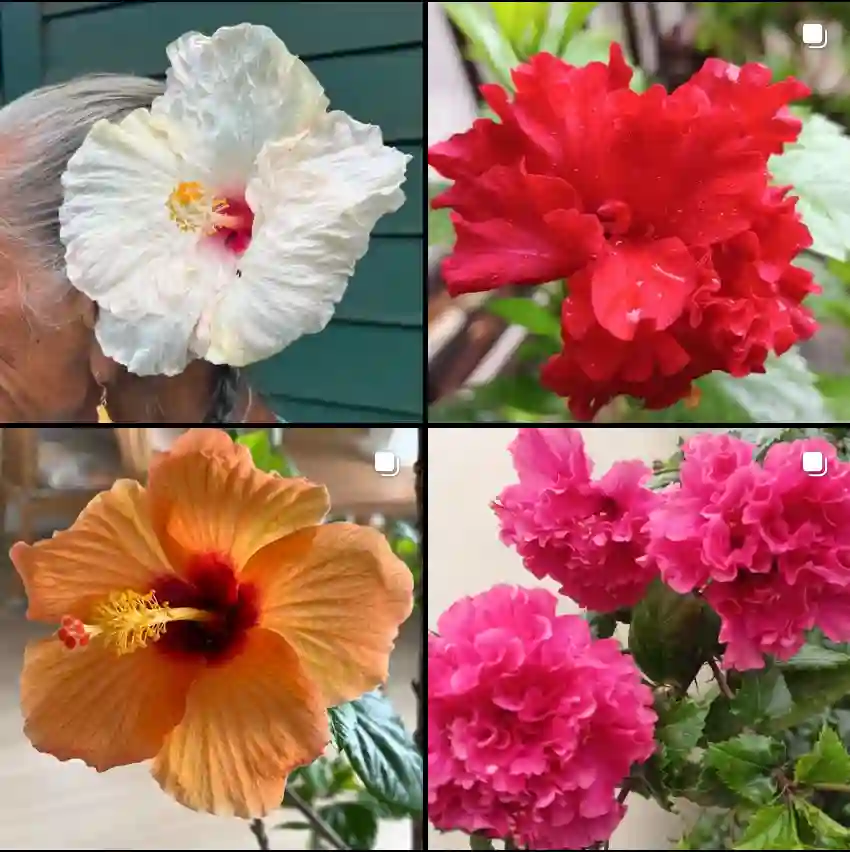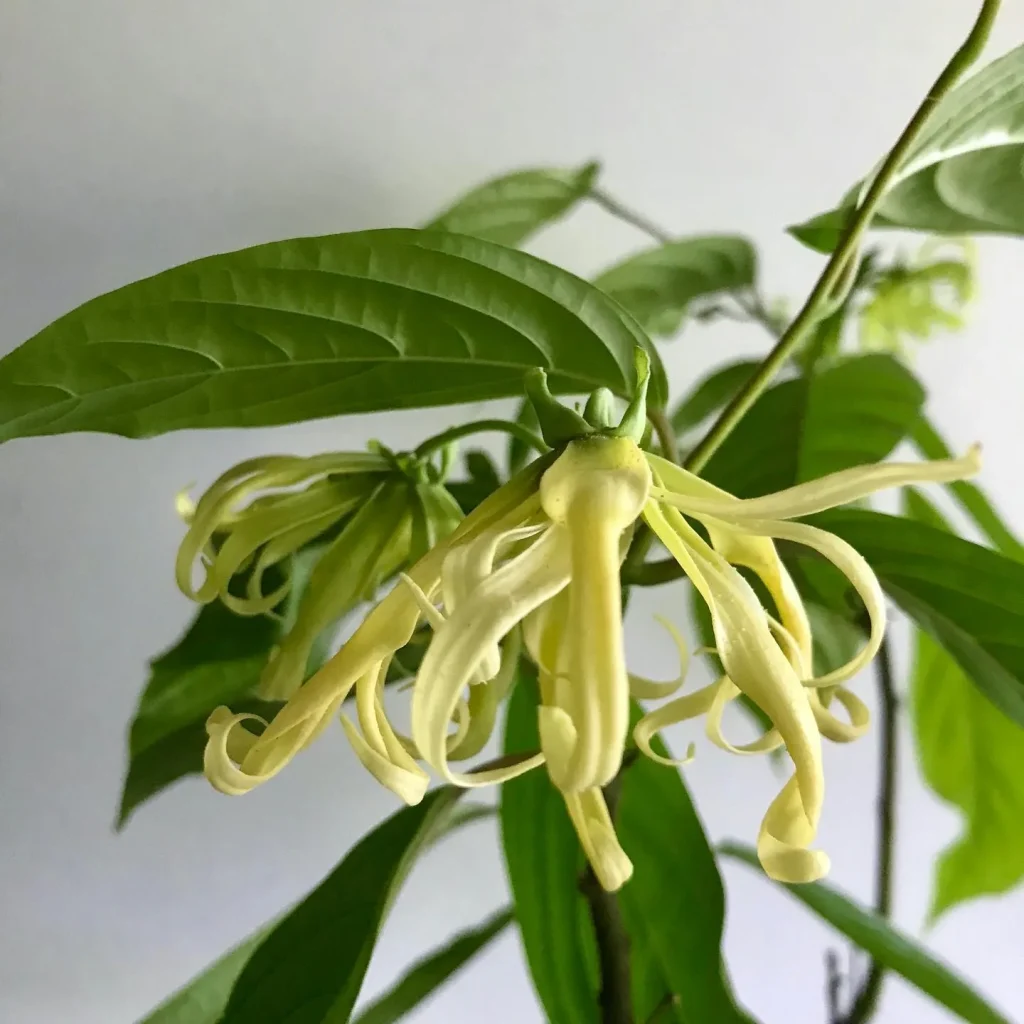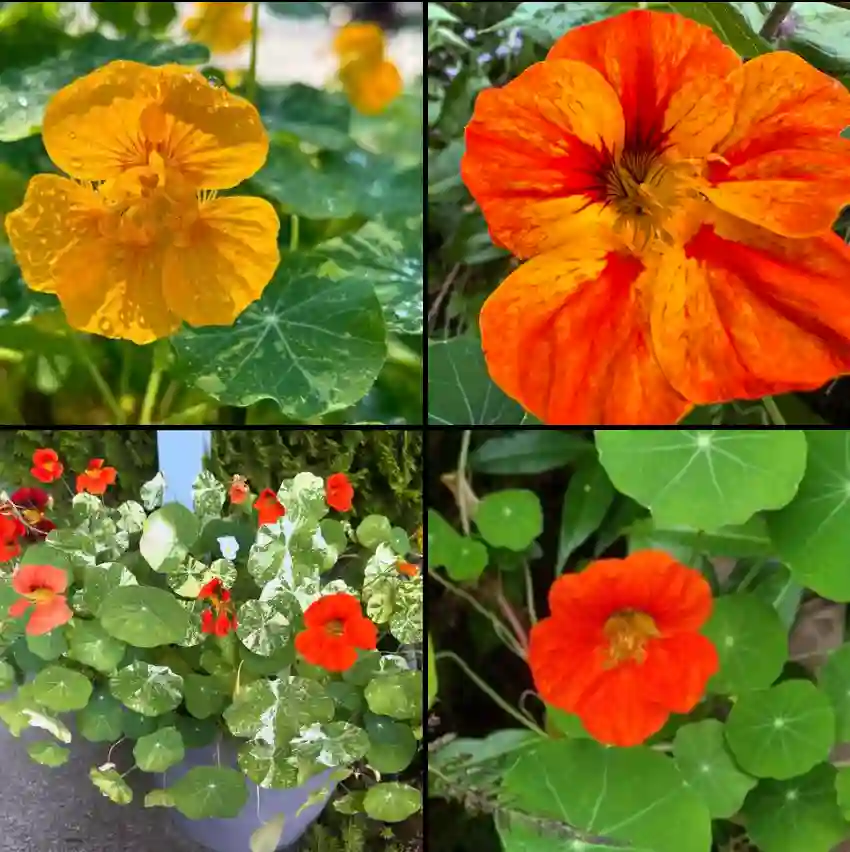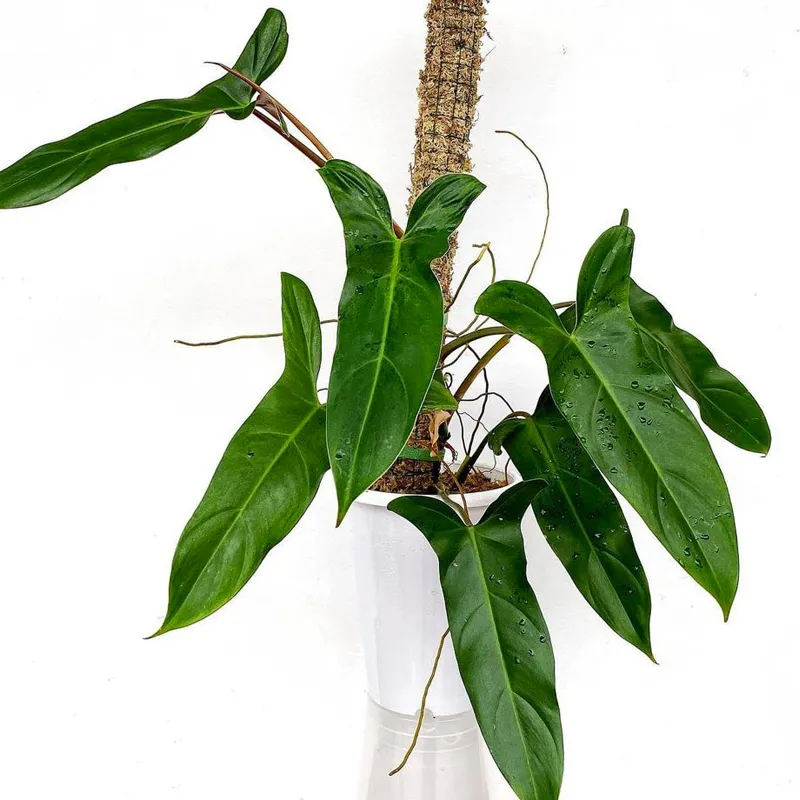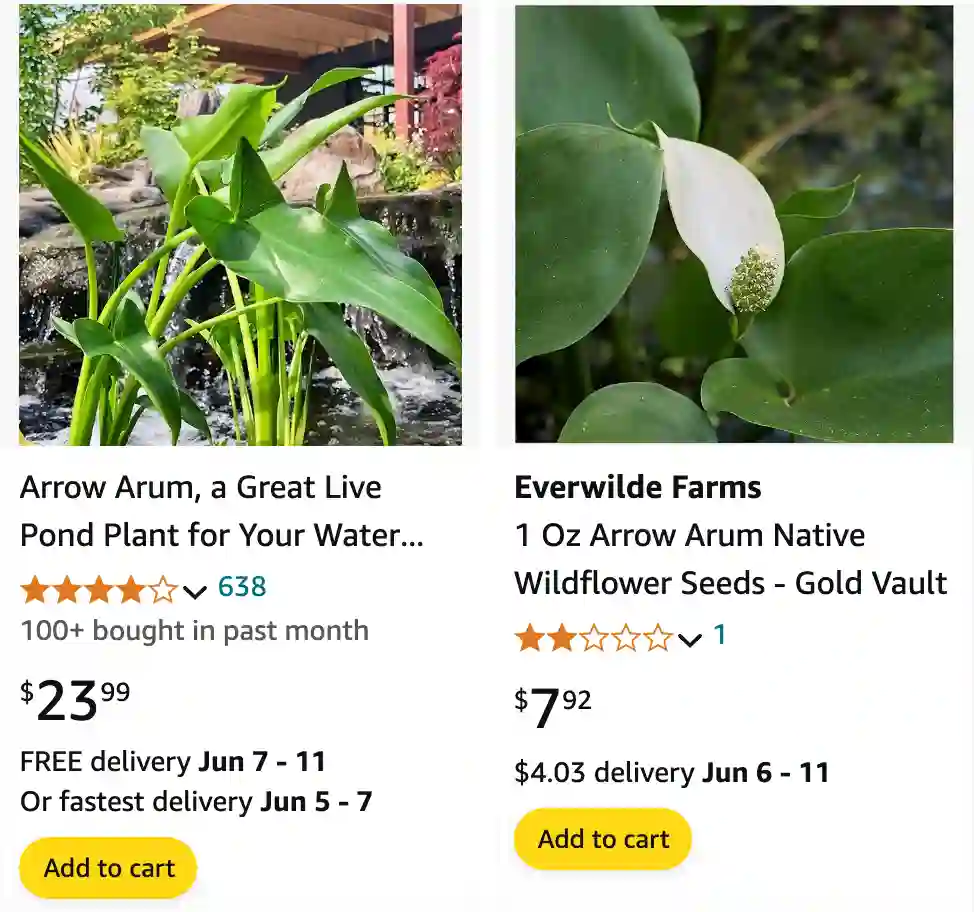
A Gardener’s Guide to the Enchanting Peltandra Virginica
For years, my wetland garden thrived with the usual suspects: cattails, bulrushes, and the occasional pickerelweed. While these offered undeniable beauty, I craved something unique, a conversation starter. Enter the Peltandra virginica, also known as the green arrow arum or tuckahoe. This captivating aquatic perennial stole my heart with its statuesque form and intriguing hooded flowers.
Planting the Peltandra virginica wasn’t just about adding visual interest; it was about creating a haven for beneficial insects and attracting pollinators. As I delved deeper into this fascinating plant, I realized its potential to transform any wetland space. So, if you’re looking to introduce a touch of elegance and ecological value to your garden, keep reading!
What is Peltandra Virginica?
The Peltandra virginica isn’t your average aquatic plant. Its name, derived from the Greek words “pelte” (shield) and “andros” (man), hints at the unique, shield-shaped spathe that encloses its tiny yellow flowers. Indigenous to the eastern United States and parts of Canada, this wetland wonder boasts vibrant green, arrowhead-shaped leaves that rise gracefully from the water.
As the summer unfolds, the magic truly begins. A slender stalk emerges, culminating in a captivating flower. Imagine a miniature yellow spadix, like a tiny cobra’s hood, nestled within a greenish-white sheath. This captivating structure attracts pollinators like flies and beetles, ensuring the continuation of the Peltandra’s legacy in your garden.
But the beauty doesn’t stop there. Once pollinated, the Peltandra virginica produces clusters of small, black berries – a delightful snack for wetland birds.
How to Plant Peltandra Virginica?
Planting the Peltandra virginica is a breeze, as long as you provide the right conditions. Here’s what you need to know:
- Habitat: Mimic its natural environment. Choose a spot in your pond, bog, or water feature with at least a few inches of water depth. Aim for full sun to partial shade.
- Planting: You have two options. Divide existing clumps in early spring or purchase container-grown plants. If dividing, ensure each section has healthy roots and leaves. For containerized plants, carefully remove them from the pot and gently tease out the roots. Dig a small hole in the desired location, ensuring the crown sits slightly above the waterline. Backfill the hole and tamp down gently.
- Soil: Peltandra virginica thrives in rich, moist soil. If your pond’s bottom lacks nutrients, consider adding a layer of aquatic planting mix before placing your plant.
How to Care for Peltandra Virginica?
Once established, the Peltandra virginica requires minimal maintenance. Here are some key tips:
- Fertilization: Generally not necessary. However, if your plant appears weak, a slow-release fertilizer formulated for aquatic plants can be applied sparingly in early spring.
- Pruning: Dead or dying leaves can be removed throughout the growing season to maintain a neat appearance.
- Winter Care: In colder climates (zones 6 and below), the Peltandra virginica may go dormant. Allow the foliage to die back naturally and don’t disturb the roots. The plant will resurface in spring as temperatures warm.
What to Plant With Peltandra Virginica?
The Peltandra virginica makes a stunning companion for other wetland plants. Here are a few ideas:
- Bulrushes: These tall, vertical plants provide a beautiful backdrop for the Peltandra’s elegant form.
- Pickerelweed: The vibrant purple flowers of pickerelweed create a delightful contrast with the Peltandra’s greenish-white spathe.
- Water lilies: The delicate beauty of water lilies complements the bold foliage of the Peltandra virginica.
- Marsh marigold: These cheerful yellow flowers add a burst of sunshine to the wetland palette.
By incorporating these suggestions, you can create a diverse and visually captivating wetland ecosystem.
Conclusion: A Rewarding Wetland Gem
The Peltandra Virginica is more than just an aquatic plant; it’s a conversation starter, a haven for beneficial insects, and a magnet for pollinators. With its minimal maintenance requirements and captivating beauty, it’s a rewarding addition to any wetland garden. So, why not embrace the unique and introduce this hidden gem to your water feature today?
If i die, water my plants!
